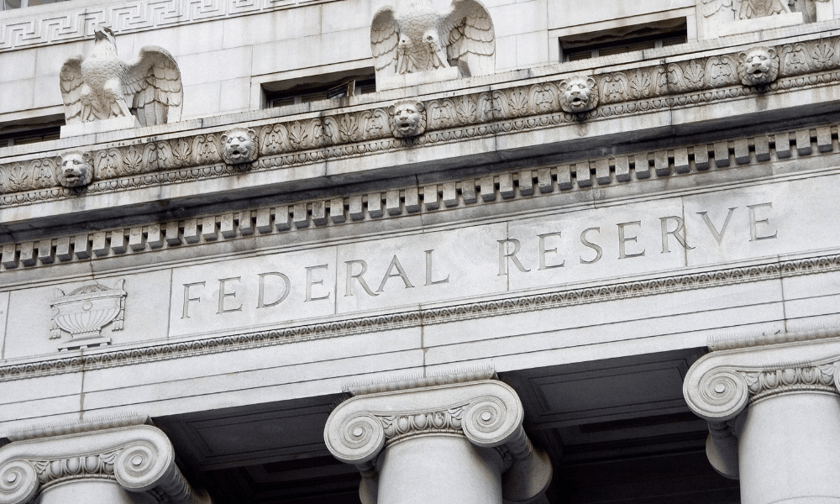

The Federal Reserve kept its key rate unchanged in January, opting against a fourth cut in a row just days after President Donald Trump said he would “demand” lower rates.
The central bank said on Wednesday that it was leaving its funds rate at its current range of 4.25%-4.50%, the first time since July it hasn’t cut rates after a meeting, amid continuing signs of a robust labor market and persistent inflation.
While markets had expected no movement from the Fed, this week’s decision was cast into some uncertainty by an eventful first week in office for the new president and his claims that US and global interest rates were too high.
“I’ll demand that interest rates drop immediately,” Trump told an assembly of world leaders at the World Economic Forum in Davos on Thursday. “And likewise, they should be dropping all over the world. Interest rates should follow us all over.”
But Fed decisionmakers held rates steady on Wednesday, their case strengthened by government data that showed the number of jobs added nationally in December shattered expectations by more than 100,000.
Nonfarm payrolls surged in December, with employers creating an estimated 156,000 jobs in that month, and a slight decrease in underlying inflation wasn’t enough to shift market expectations toward a January cut.
CoreLogic chief economist Selma Hepp said that the national economy had shown continuing resilience against long-term economic challenges – meaning there was no immediate cause for the Fed to continue bringing rates lower.
“With the economic activity expected to remain robust and continue to post a 2%+ growth rate, the case for further monetary loosening in the coming months is increasingly less compelling,” Hepp said.
“Nevertheless, there are sectors of the economy, such as the housing market and pockets of the income spectrum, that are challenged by high rates and overall high prices.”
Mortgage rates are expected to stay higher for longer, Hepp added – with limited inventory also weighing against existing home sales activity, although the outlook is better for new home construction.
The Fed is widely expected to move conservatively on rates this year, with minutes from its December meeting revealing it came close to deciding against a cut – and officials having signaled they expect just two reductions in 2025.
But that could put the central bank on a collision course with the president, who criticized Powell during his first administration and has repeatedly suggested he wants a say in the Fed’s decisionmaking.
The Fed is next scheduled to meet on March 18-19, its second of eight deliberations on interest rates planned for 2025.
